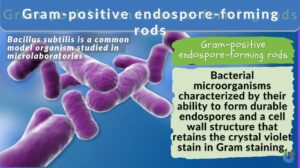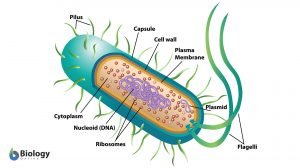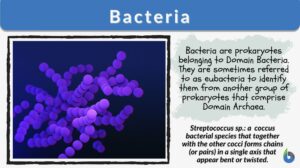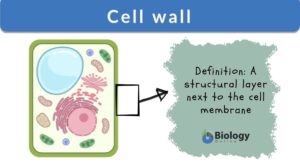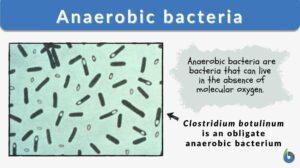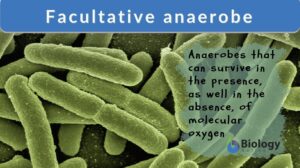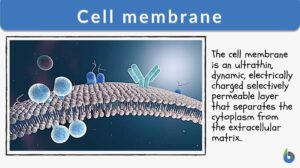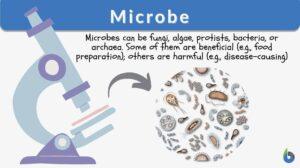Search Results for: gram-positive
Gram-positive endospore-forming rods
Gram-Positive Endospore-Forming Rods Definition Gram-positive endospore-forming rods are a group of rod-shaped bacteria... Read More
Gram-positive bacilli
Definition noun, singular: gram-positive bacillus A group of rod-shaped bacterial cells that appears violet through Gram's... Read More
Gram-positive cocci
Definition noun, singular: gram-positive coccus A group of spherical bacteria that retains the violet stain following gram... Read More
Gram-positive bacteria
Definition noun, singular: gram-positive bacterium A group of bacterial cells that retains the violet colour following ... Read More
Eubacteria
Eubacteria are prokaryotic microorganisms consisting of a single cell lacking a nucleus and containing DNA is a single... Read More
Gram-indeterminate bacteria
Definition noun, singular: gram-indeterminate bacterium Bacteria that do not respond to gram staining and, therefore, are... Read More
Gram staining
Definition noun A staining method performed to determine whether a bacterial species is gram-positive (i.e. violet stain) or... Read More
Gram-negative
Definition adjective Of, or relating to the group of bacteria that take the color of the counterstain (i.e. pink) under the... Read More
Cross-linking
Cross-linking Definition Cross-linking, in general, means the forming of cross-links between the joining structures. In... Read More
Anaerobic bacteria
Bacteria are classified according to the need for oxygen to survive and grow. For example, aerobic bacteria are bacteria... Read More
Aerobic bacteria
Aerobic Bacteria Definition What does aerobic mean in biology? As the name suggests, 'aerobe' in biology means organisms... Read More
Facultative anaerobe
Facultative Anaerobe Definition What does facultative anaerobe mean? Facultative organisms are the most adaptable... Read More
Secondary cell wall
Definition noun plural: secondary cell walls ˈsɛkənˌdɛɹi sɛl wɔːl The layer of the plant cell wall that forms... Read More
Primary cell wall
Definition noun plural: primary cell walls ˈpɹaɪməɹi sɛl wɔːl The layer of the plant cell wall that forms prior to... Read More
Middle lamella
Definition noun plural: middle lamellae ˈmɪdəl ləˈmɛl.ə A pectin-rich intercellular material that glues the... Read More
Differential stain
Definition noun The dye or stain that is used to differentiate one component or cellular structure from another, or to... Read More
Counterstain
Definition noun The dye or stain that is used to differentiate one component or cellular structure from another, or to... Read More
Peptidoglycan
Definition noun, plural: peptidoglycans (1) A glycan (a polysaccharide) attached to short cross-linked oligopeptides in the... Read More
Cell morphology
The basic essence for any living organism is its structural framework which includes appearance, form, and the... Read More
Synergistic effect
Synergistic Effects Definition In biology, synergistic effects are the effects when chemical substances or biological... Read More
Brevibacillus brevis
Definition noun A motile aerobic ellipsoidal spore forming rod organisms involved in gramicidin production an antimicrobial... Read More
Prokaryote
Prokaryote refers to any of the group of living organisms primarily characterized by the lack of a true nucleus and other... Read More
Cell membrane
Cell Membrane Definition Just like any non-living body possesses a plastic or paper packaging material that keeps the... Read More
Streptococcus
Definition noun, plural: streptococci (1) A genus of bacteria characterized by being coccus, Gram-positive, and occurring in... Read More
Transmembrane protein
Definition noun, plural: transmembrane proteins A protein that spans the entire biological... Read More
Unicellular
Unicellular organisms are organisms consisting of one cell only that performs all vital functions including metabolism,... Read More
Antibiotic
Definition noun, plural: antibiotics Antimicrobial agent made from microorganisms, and can kill and inhibit the growth of... Read More
Bacillus stearothermophilus
Definition noun A rod-shaped, endospore-forming, Gram-positive bacterium that belongs to the division... Read More
Lactobacillus casei
Definition noun A non-pathogenic and harmless bacterium recognized widely as probiotics that controls growth of various... Read More
Enterococcus faecalis
Definition Non-motile, gram-positive, facultatively anaerobic, microbial species that normally dwells in the... Read More
Acidophile
Definition noun, plural: acidophiles An organism that can or must live in an acidic environment Supplement An acidophile is... Read More
Corynebacterium xerosis
Definition Bacterial species characterized by being fermentative, Gram-positive, slightly curved rod-shape, typically... Read More
Clostridium tetani
Definition noun An obligate anaerobic rod shaped and gram-positive bacterium which appears to looks like a drumstick that is... Read More
